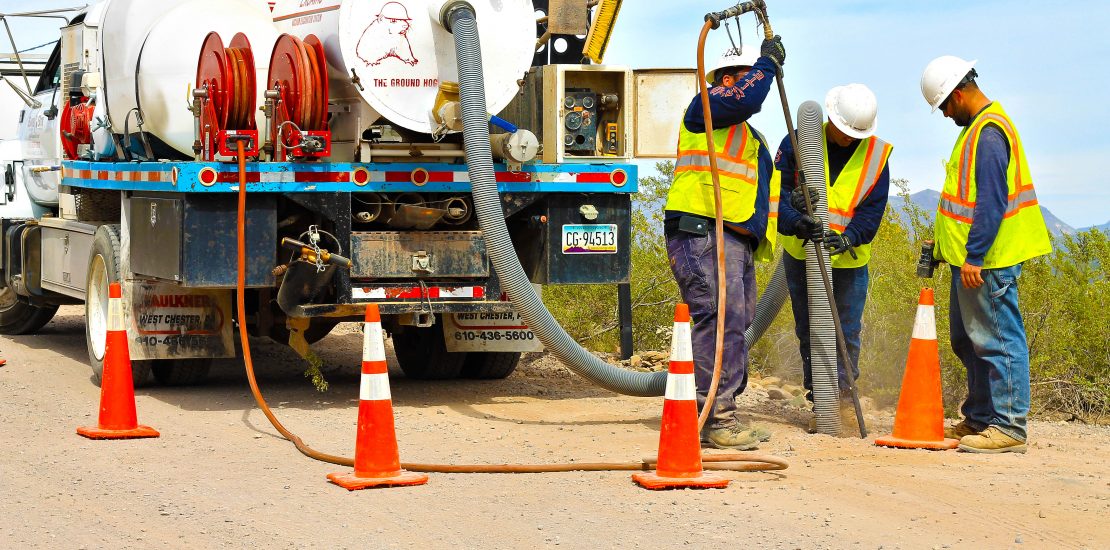An open letter to the utility asset owners of Australia

Utility Asset – As a professional trainer, with many years’ experience in the utility damage prevention industry, I often get dismayed by some of the stories that are relayed to me from persons who break the ground for a living. It is unfortunate the number of times that I hear of utility companies issuing invoices demanding restitution for damages caused by contractors. Look I fully understand the reasoning for this.
However, I feel that it is time that some of our asset owners to lift their game and move into the 21st century. As part of my training we cover the excellent role that Dial Before You Dig plays in our industry. I encourage all participants in my course to join the service and I train how to order plans from the service. We emphasise the fact that the plans do not come from DBYD and that they come from the asset owner.
We also stress the fact that if there is any issue with the plans, the asset owner is your friend and that they are there to help and assist. We train the correct method of touching base with the asset owner, by contacting them on the phone number provided on the referral notice and providing the sequence number so that the asset owner can access the same information that they have provided to the plan requester.
At my most recent training session in Sydney, whilst discussing the plans and identifying the information that the plan was providing, we came across a symbol that was not in the legend and was not familiar to anyone in the group.
What an ideal opportunity to demonstrate to the class how approachable and willing to help the asset owner is. Armed with the sequence number and the contact details of the asset owner, I put my iPhone on speaker and dialled the number for the organisation concerned. The class laughed a little when the call was answered by an answering machine; don’t stress I told then, we will record a message and they will call us back.
The interesting thing about this situation is that it related to a service that the asset owner classified so important or could cause such damage if it were to be damaged that the asset owner required their presence on site prior to any work commencing.
I am now sitting in the lounge at Sydney airport waiting to get on a delayed flight back home. It is 35 hours since the call was made and still no response. I think that this is absolutely appalling. Do you expect contractors to wait around this amount of time “twiddling their thumbs” waiting for an answer? If you do you are kidding yourselves. This will not happen. Remember that in my situation, it was a training exercise, and no work crew were digging.
Whilst the asset owners hammer on about the contractor’s duty of care, isn’t it about time that the asset owners recognised that they also have a duty of care to the contractor and the public that they are supposed to service.
Whilst I am on my high horse, isn’t it about time that ALL asset owners become members of the DBYD service! I think that it is bordering on criminal that at every training session that I conduct I must stress to the participants that not all asset owners are members of DBYD. Persons new to the industry cannot believe this, they want to know why it is not legislated that asset owners must be members. Unfortunately, I cannot answer them, but I totally agree with them. DBYD are working vigorously trying to sign the asset owners up, but they receive pushback from the asset owners. Maybe it is time for governments to step in and make membership compulsory.
And finally, when are we going to stop the practice of putting pipes, conduits and cables into the ground without any simple means of locating them. EM Locating is the most widely used method of locating buried utilities in the world, yet we continue to put non-traceable utilities in the ground. For goodness sake how much extra would it cost to put a trace wire with the service when it is installed, This simple practice would make locating services easier and would surely reduce the number of utility strikes. It is about time that you also met your Duty of Care obligations.